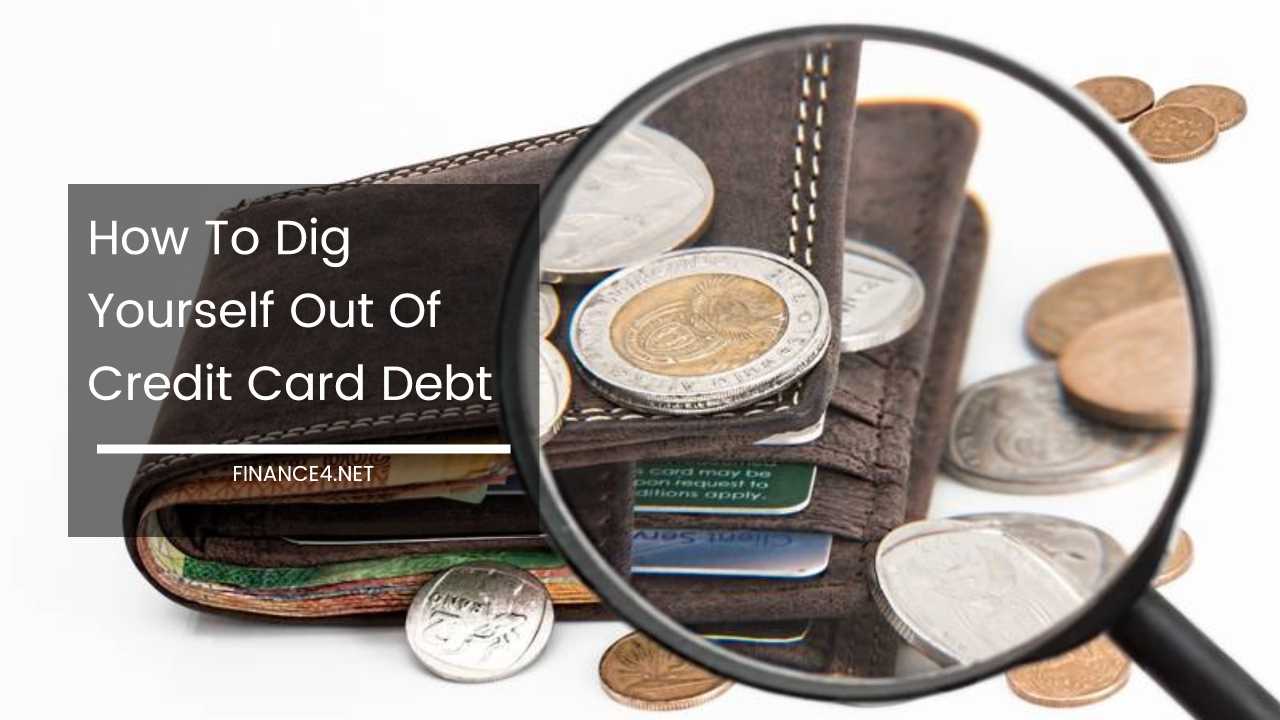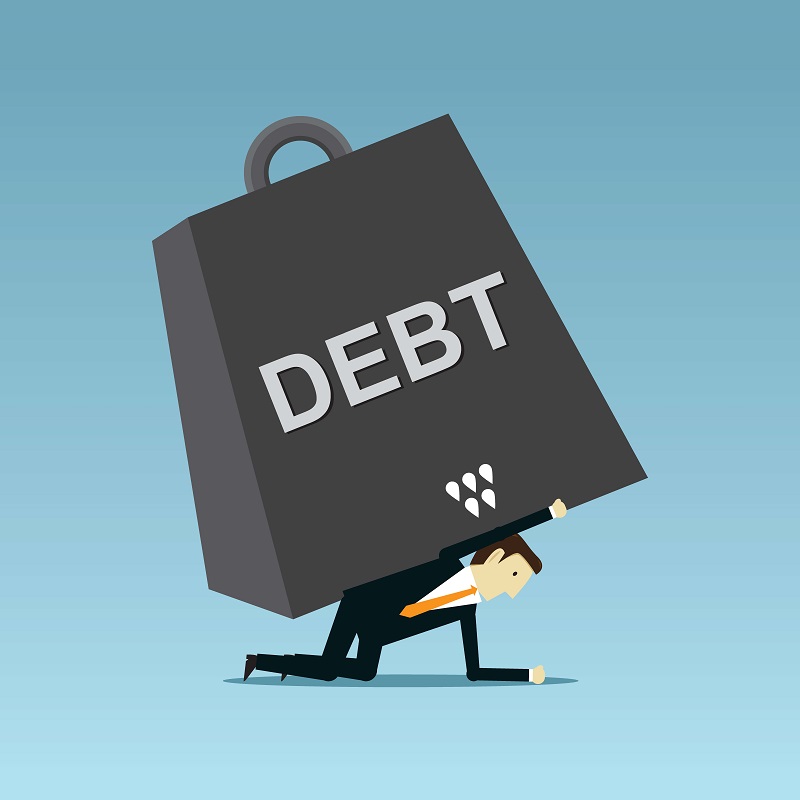Physical Address
304 North Cardinal St.
Dorchester Center, MA 02124
Physical Address
304 North Cardinal St.
Dorchester Center, MA 02124

Managing debt can feel like walking a tightrope without a safety net—an uphill battle that seems relentless. But with the right strategies and understanding, it’s possible to conquer those financial hurdles and regain control over your money. Let’s dive into some practical tips that can empower you on your journey to financial freedom.

Understanding your debt is the first step toward managing it effectively. Take the time to list all your debts, including credit cards, personal loans, and any other obligations. Calculate the total amount owed and keep track of interest rates. This overview will allow you to prioritize which debts to tackle first.
One strategy that can work wonders is called the snowball method. This involves paying off your smallest debt first, while making minimum payments on larger debts. Once the smallest debt is gone, you take the money you were putting toward that payment and apply it to the next smallest debt. This method creates a sense of accomplishment and motivates you to keep going.
On the flip side, you could also choose the avalanche method, which focuses on paying off debts with the highest interest rates first. This approach can save you money on interest payments in the long run and may be better suited if you’re motivated by numbers rather than emotional wins.

Credit card debt is one of the most pervasive forms of debt, often leading to financial stress. To tackle this effectively, start by examining your spending habits. Take a close look at discretionary spending—those lattes, late-night food deliveries, and online shopping sprees can add up quickly. Creating a budget that allocates a certain amount to these expenses can help you keep your credit card usage in check.
Another effective strategy is to consider balance transfer credit cards, which often offer a 0% introductory interest rate for a limited time. This allows you to transfer high-interest debt to a card with a lower rate, helping you pay it off faster. Remember, though, that these cards can come with fees and require discipline to ensure you don’t accrue more debt on top of the transfer.
Debt consolidation is also a viable option for many. This involves taking out a single loan to pay off multiple debts. This can streamline your payments and potentially lower your interest rate. However, ensure that the new loan has better terms than your existing debts, or you might end up in a worse situation.
Additionally, don’t hesitate to reach out to creditors. Many financial institutions offer hardship programs or will work with you to create a payment plan that fits your budget. Communication is key, and you might find they have options that can alleviate your burdens.
Finding support is crucial too. Whether it’s financial mentoring, workshops, or even local community resources, surrounding yourself with people who understand what you’re going through can make a world of difference. They might introduce you to new strategies or provide accountability as you work towards your goals.
Lastly, always keep your long-term goals in sight. Establish savings goals for emergencies as you pay off debt. This way, you won’t have to rely on credit cards in the future when unexpected expenses arise. Aim for a fund that covers at least three to six months’ worth of living expenses—this can provide a cushion that makes managing your finances less daunting.
Debt management may feel like a heavy load, but remember that every step you take brings you closer to financial freedom. Each payment made, each dollar saved, adds up over time. Stay focused, stay committed, and soon enough, you’ll find yourself on the other side of debt, enjoying a life of financial independence.